Proactive Imminent Awareness
 I’ve worked with SO many clients around developing awareness. Many of the things I’ve done in the past has helped but clients have continued to struggle with immediate focus to facilitate change. Even though you develop awareness around the incidents: thoughts, feelings, what leads up to it, etc. how do you pinpoint those moments when you are in them?
I’ve worked with SO many clients around developing awareness. Many of the things I’ve done in the past has helped but clients have continued to struggle with immediate focus to facilitate change. Even though you develop awareness around the incidents: thoughts, feelings, what leads up to it, etc. how do you pinpoint those moments when you are in them?
New research
I have started to do some preliminary new ‘research’ that is starting to change that. I am working on a theory called ‘proactive forced awareness’ it really seems to be working with all types of clients. This new research is based on forcing yourself to think about the moment before the moment happens. For example, a golfer I work with has been struggling with focus and anxiety in certain golf situations but not in others. Common right? We developed his awareness around what those situations are and he came to realize that he has the skills to be focused and not have anxiety and play well but he struggles to transfer those skills to those situations where he is not focused, has anxiety and is not playing. 🙂 Again pretty common. In 3 sessions here are the important parts. The awareness that he is struggling mentally is new but developing an awareness that he actually does use and have the skills to do what he needs to do in his golf game is HUGE. He’s realized that he has the skills to deal with focus, anxiety and to play well.
Proactive forced awareness
Now what? How does my client become even more aware at a micro level, in the moment when things are happening? He becomes proactive and we force him to think about the situation before it happens so that is happens differently. It sounds similar to imagery right? It is but let me explain further.
My client is driving to the golf course and instead of letting his mind wander as it normally does he now ‘sets up the situation’. He know’s he’s playing golf with a bunch of guys who are competitive which produces anxiety for him and that he is playing on a course that he doesn’t know which produces even further anxiety for him. He notices his thoughts and takes notice of how that is affecting him physically and now has the ability to develop coping mechanisms ahead of time for his thoughts and the physical manifestation of those thoughts in that moment. This may not sound very different than imagery, positive self talk, cue words, etc. and to a certain degree it’s not but the piece that has been extremely important for clients is to realize that they need to think about situations just before (so they have all the information) they happen. It gives them a larger sense of control over a situation rather than getting in to a situation and allowing it to take over control.
In this situation some of the next steps for my client are to think about when he needs those proactive forced awareness moments or as another client put it, those pit stops. We determined that he needed those moments in his car on the way to the course and he needed those moments just before he is going to tee off at the first hole (the first hole is generally a make it or break it for my client). While he is standing at the first hole before his turn he is going to ‘check the scene’: what’s going on around him, what is he thinking and feeling and how is that showing up (control) and we’ve developed ways for him to deal with those things.
Run/walk
I’ve used this with another client who is a marathoner although he is using it in his business world. He used to run through his day deal with all sorts of challenges that effected him negatively and couldn’t figure out what to do about it. With proactive forced awareness he now sets an alarm throughout his day so that he can figure out what he’s thinking and feeling and take control of that in a positive way.
He uses the run/walk method of marathon training so I talked to him about how this is just like the run/walk method of marathon training: your mind and body always know there is a break or time out to think about how you are feeling and an opportunity to think about how to change that feeling, thought or behavior into something more positive and productive.
Applied
One important note on this evolving theory, I’ve found it helpful to actually ‘be’ in these situations with clients: at the lake, at the golf course or at a workplace. Walking clients through this kind of a process, talking to them about what’s going on and then helping them to find alternatives has been amazingly successful.
So far this has had a huge impact on the lives of my client. Being mindful is hard. Journaling has helped clients to become mindful but has not always helped in the moment of application.
I hope you have a great weekend!
Dr. Michelle
Cartoon credit: suttonhoo.blogspot.com


